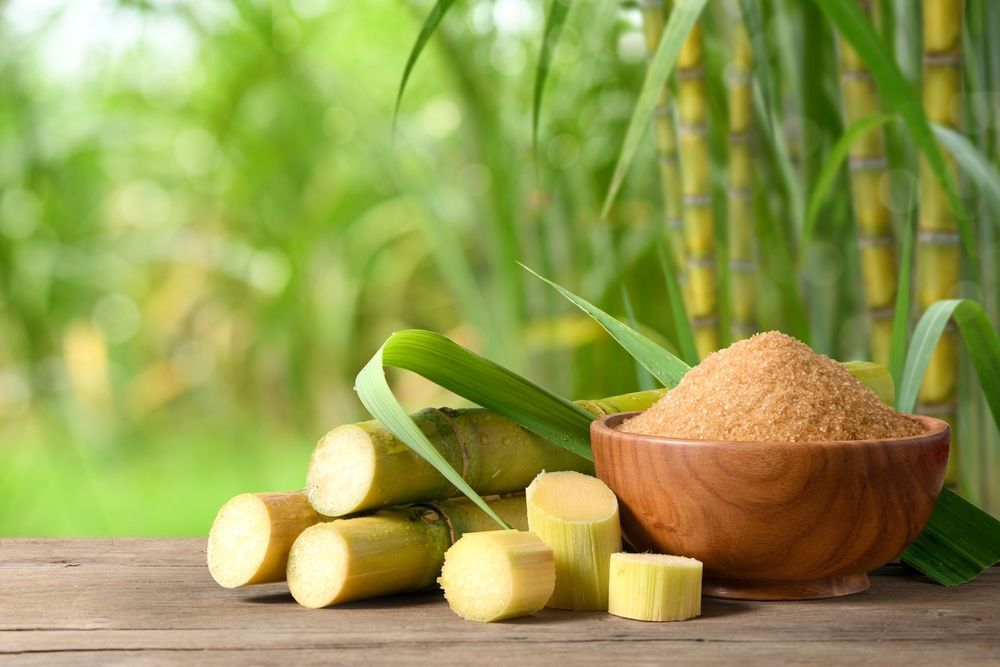Discover the Uses and Benefits of Beet Sugar Vs Cane Sugar in Your Daily Diet Plan
Exploring the distinct top qualities of beet and cane sugar discloses greater than simply their sweetening capabilities; it highlights their distinct effect on health and cooking arts. Beet sugar, understood for its refined taste, is commonly favored in delicate desserts, whereas cane sugar, with its tip of molasses, includes richness to robust dishes. Each kind holds its own nutritional account and glycemic effects, inviting a deeper understanding of their functions in a balanced diet plan and lasting intake practices.
Origin and Production Processes of Beet and Cane Sugar

The distinct climates and dirt types required for growing sugar beets and sugarcane add to differences in their farming techniques and geographical circulation, affecting the economics and sustainability of their manufacturing. beet sugar vs cane sugar.
Nutritional Contrast Between Beet Sugar and Cane Sugar
In spite of originating from various plants, beet sugar and cane sugar are nutritionally extremely comparable, both mainly consisting of sucrose. Each supplies regarding 4 calories per gram, translating to roughly 16 calories per tsp. Structurally, both sugars are made up of about 99.95% sucrose, with marginal amounts of other compounds like dampness and trace minerals, which do not dramatically change their nutritional accounts.

Eventually, when picking between beet sugar and cane sugar based upon dietary material alone, both offer identical benefits and downsides as they are essentially forms of the same molecule-- sucrose, offering fast energy without various other nutrients.
Influence On Health And Wellness: Glycemic Index and Caloric Content
Exploring additionally right into the effects of beet sugar and cane sugar on wellness, it is necessary to consider their glycemic index and calorie content. Both sugars are classified as sucrose, which is composed of sugar and fructose. This structure leads them to have a comparable influence on blood sugar degrees. The glycemic index (GI) of both beet company website and cane sugar is around 65, classifying them as high-GI foods, which can cause quick spikes in blood sugar degrees. This is a crucial facet for individuals managing diabetes or those attempting to maintain their energy degrees throughout the day.
Each kind of sugar consists of about 4 calories per gram, making their caloric web content matching. For those keeping track of caloric consumption, particularly when taking care of weight or metabolic health problems, recognizing this equivalence is vital (beet sugar vs cane sugar). Extreme usage of any type of high-calorie, high-GI food can add to health issues such as weight problems, heart condition, and insulin resistance.
Environmental and Economic Considerations of Sugar Production
Beyond health and wellness impacts, the manufacturing of beet and cane sugar likewise elevates significant environmental and economic issues. Sugar beet growing tends to need cooler climates and has a reduced geographical impact compared to sugar cane, which flourishes in tropical areas. Both plants are intensive in terms of water use and land line of work, possibly leading to logging and water shortage. Economically, the global sugar market is highly unpredictable, influenced by modifications in international trade policies and aids. visit this website Lots of countries incentivize sugar manufacturing via financial backing, skewing market prices and influencing small-scale farmers negatively.
Additionally, the use of pesticides and fertilizers in both beet and cane sugar cultivation can bring about dirt deterioration and contamination, further impacting biodiversity and neighborhood water bodies (beet sugar vs cane sugar). The selection between growing sugar beet or cane frequently hinges on local ecological conditions and financial elements, making the sustainability of sugar production a complex problem
Culinary Applications and Flavor Differences
While the environmental and financial aspects of sugar manufacturing are undoubtedly substantial, the choice in between beet and cane sugar likewise influences culinary applications and taste accounts. Beet sugar, acquired from the sugar beet plant, is recognized for its remarkably neutral taste.
Walking cane sugar, drawn out from sugarcane, usually maintains molasses traces, which present an unique splendor and deepness. The slight variation in wetness content in between beet and cane sugar can influence the texture and uniformity of meals, making cane sugar a preferred choice for particular recipes that profit from its special properties.

Conclusion
Finally, both beet and cane sugar have distinctive beginnings and manufacturing procedures, offering similar dietary accounts with small distinctions in sodium material and flavor. While their look at here now effect on health and wellness, particularly relating to glycemic index and calories, is comparable, the choice in between them usually comes down to environmental, economic factors, and specific culinary needs. Understanding these elements can assist consumers in making educated choices that align with their health and wellness objectives and flavor preferences.